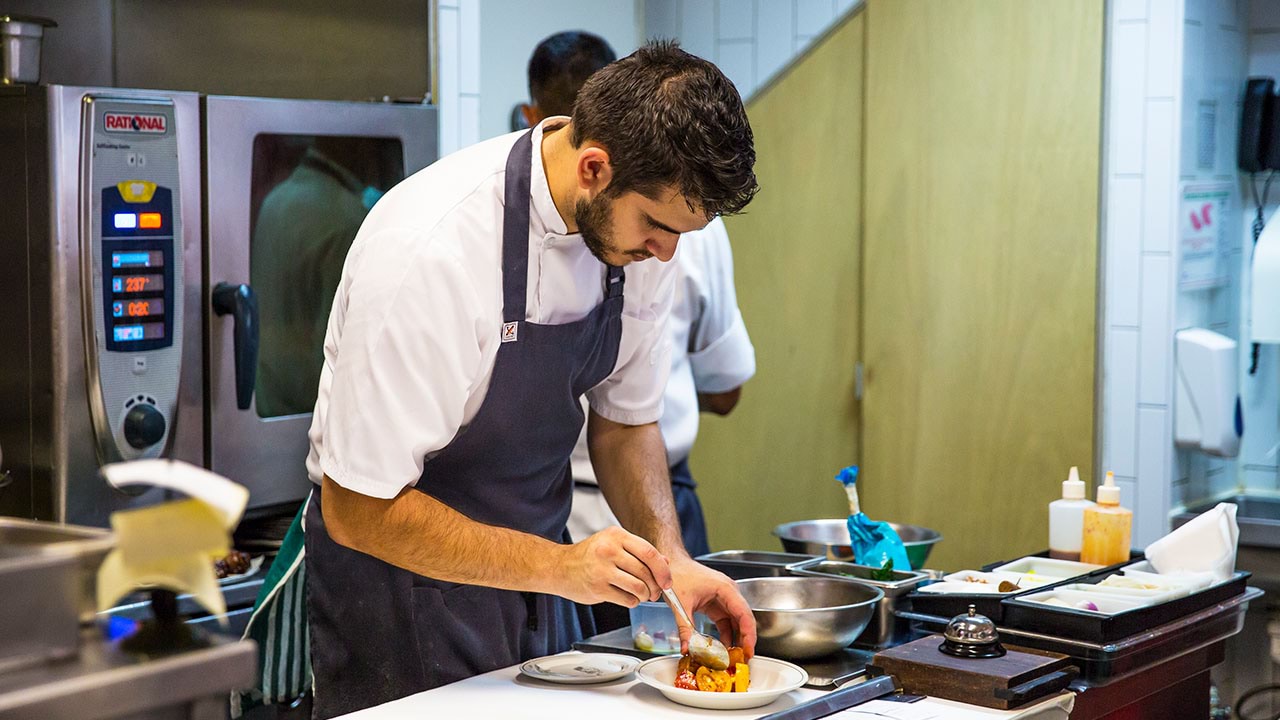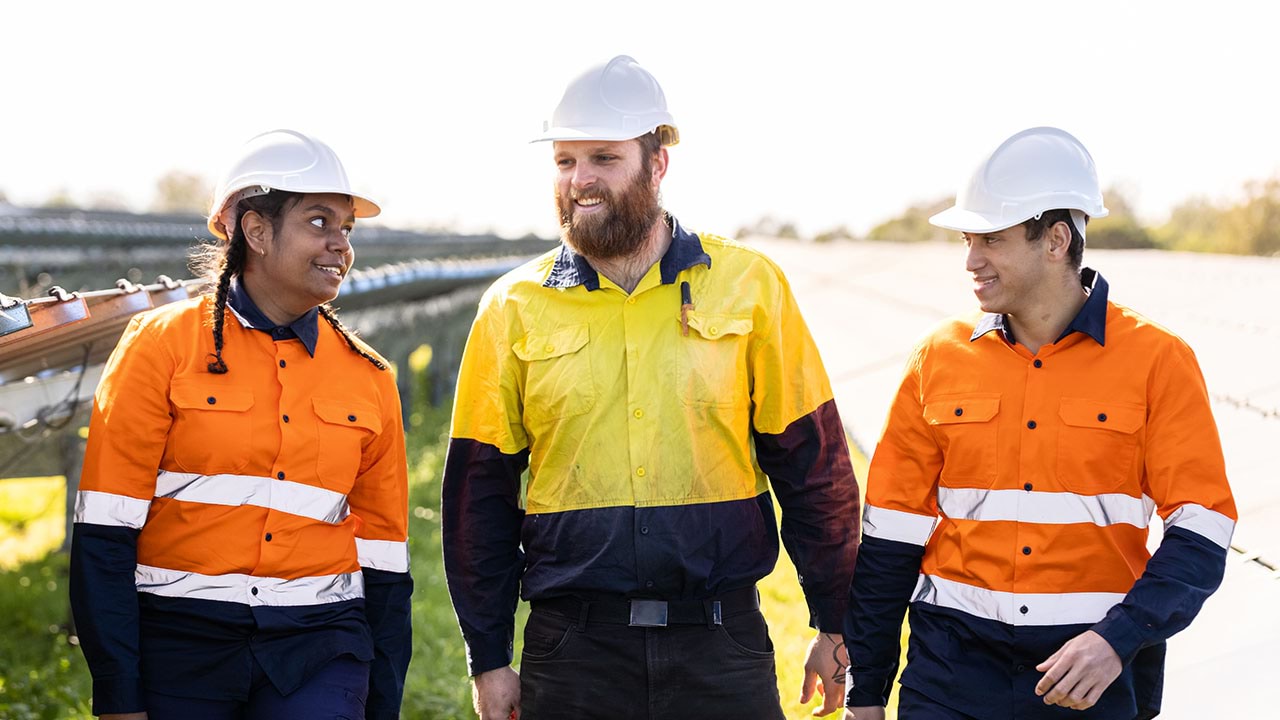Plumbers work on water, drainage, gas and sewerage systems. Sustainability has become an important part of the job. More building projects across Victoria means more jobs.
Find out what a plumber does and the related Vocational Education and Training (VET) courses and pathways you can take to secure a job.
What is a plumber?
Plumbers install and maintain water, drainage, gas and sewer systems. They may also install fire protection and sanitary systems. As a plumber, you may work on domestic and commercial projects.
There are opportunities across many industries, including health, safety and clean energy. New technologies are improving sustainable practices.
Find out more about plumbers(opens in a new window) and these related jobs on the Victorian Skills Gateway(opens in a new window):
- airconditioning and mechanical services plumber(opens in a new window)
- airconditioning and refrigeration mechanic(opens in a new window)
- bricklayer(opens in a new window)
- carpenter(opens in a new window)
- carpenter and joiner(opens in a new window)
- painting trades worker(opens in a new window)
- roof plumber(opens in a new window).
Related training courses
Explore these related TAFE and training courses on the Victorian Skills Gateway(opens in a new window):
- air conditioning and refrigeration(opens in a new window)
- building and construction(opens in a new window)
- civil construction(opens in a new window)
- drainage(opens in a new window)
- plumbing and services(opens in a new window)
- surveying(opens in a new window)
- workplace health and safety(opens in a new window).
You may be eligible for government funding to help pay for your course.
Median salary
The median weekly earnings for plumbers in Australia is $2,000.
Source: Jobs and Skills Australia(opens in a new window)
Note this salary is current as of January 2025 and is indicative only. A range of salaries apply to different roles across the industry.
Job demand in Victoria
Below are the employment projections for plumber jobs in Victoria. Figures show the number of workers in 2024 and the new workers expected to enter the workforce by 2027 and 2034.
‘New workers expected’ accounts for workers adding new jobs to the economy and replacing retirees over the next 3 and 10 years. These projections are estimates only. There will be additional jobs available as people move between jobs and industries.
| Region | Workers 2024 | New workers expected by 2027 | New workers expected by 2034 |
|---|---|---|---|
| Victoria | 33,457 | 3,561 | 9,740 |
| Melbourne – inner metropolitan | 2,083 | 279 | 711 |
| Melbourne – inner south-east metropolitan | 1,393 | 139 | 331 |
| Melbourne – southern metropolitan | 6,856 | 715 | 1,841 |
| Melbourne – northern metropolitan | 5,082 | 649 | 1,850 |
| Melbourne – eastern metropolitan | 4,759 | 451 | 1,169 |
| Melbourne – western metropolitan | 4,256 | 634 | 1,789 |
| Ballarat and surrounds (Central Highlands) | 988 | 80 | 253 |
| Bendigo, Echuca and surrounds (Loddon Campaspe) | 1,360 | 108 | 329 |
| Geelong, Colac and surrounds (Barwon) | 2,465 | 214 | 709 |
| Gippsland | 1,459 | 124 | 311 |
| Horsham and surrounds (Wimmera Southern Mallee) | 239 | 12 | 32 |
| Mildura, Swan Hill and surrounds (Mallee) | 468 | 23 | 62 |
| Shepparton, Seymour and surrounds (Goulburn) | 642 | 40 | 114 |
| Wangaratta, Wodonga and surrounds (Ovens Murray) | 748 | 56 | 136 |
| Warrnambool, Hamilton and surrounds (Great South Coast) | 660 | 38 | 102 |
Source: Victorian Skills Authority Employment Projections Dashboard
Resources to plan your next steps
Visit our construction industry profile to find out about:
- what it’s like to work in construction, and some of the jobs you could do
- training and skills to work in the industry, and financial assistance to help pay for your course
- help getting a job in construction, and industry job projections for Victoria
- other free resources and advice to plan your training and career.
Explore growing industries in your region
Updated



